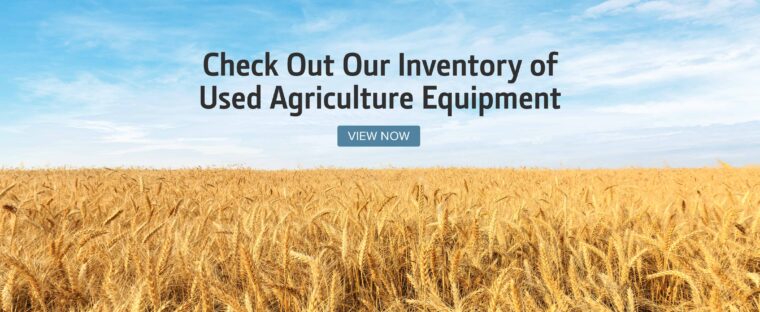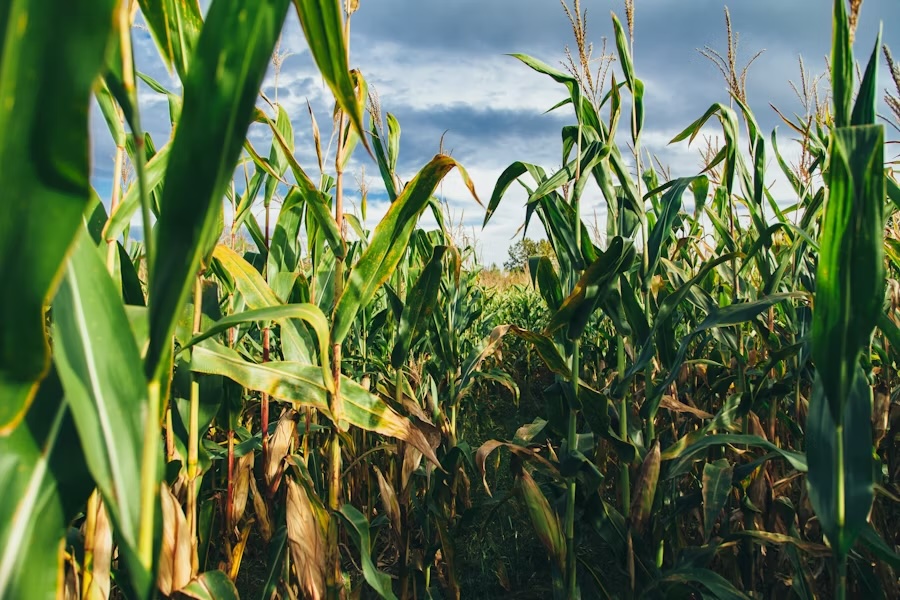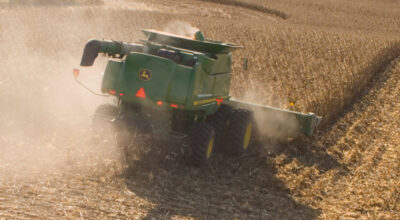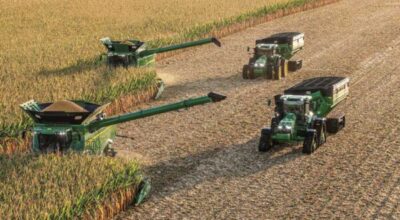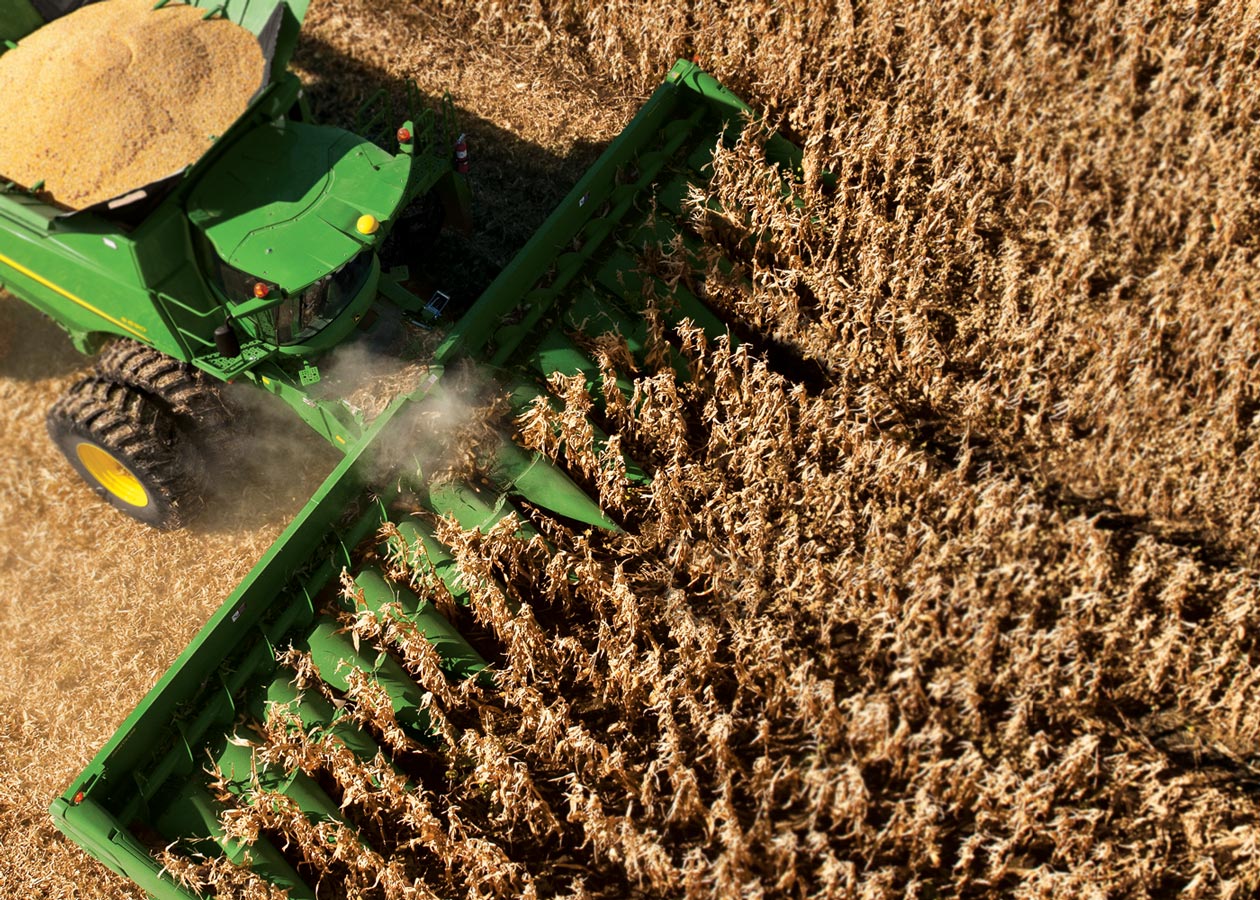Corn plays a central role in U.S. agriculture, supporting both our food supply and a range of industrial applications. But not all corn serves the same purpose.
Most growers cultivate two main varieties: sweet corn, intended for the table, and field corn, which fuels livestock feed and ethanol production. Although they often grow in the same regions, each type requires distinct harvest timing, techniques, and equipment. Understanding these nuances is essential to optimizing both yield and grain quality.
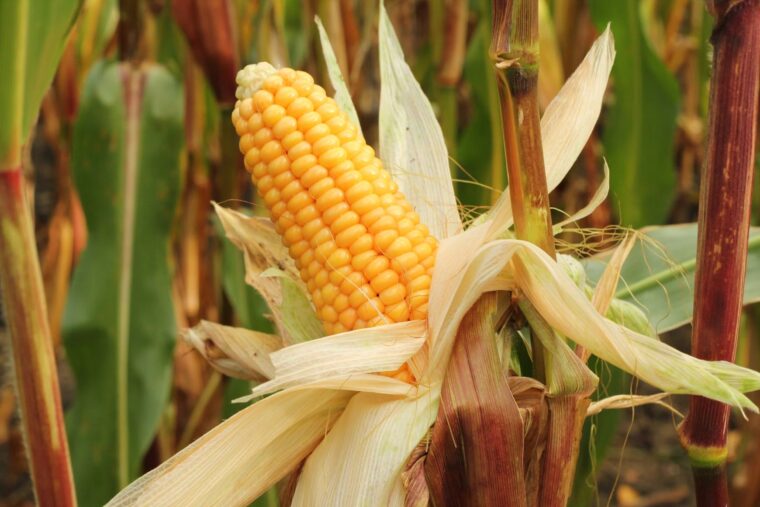
Key Takeaways
- Sweet corn is harvested earlier in the season than field corn, when kernels are still tender and moisture content is high.
- Field corn requires a later harvest for dry-down and storage stability.
- Equipment setup and harvesting techniques differ by crop type.
- Corn harvest schedules are influenced by factors like climate, region, and corn variety.
- John Deere equipment helps optimize harvest efficiency for both types of corn, with adaptable combine settings and advanced monitoring tools that help growers maintain grain quality.
What’s the Difference Between Sweet Corn and Field Corn?
Knowing your crop is the first step toward a successful harvest. Sweet corn is grown for fresh eating (e.g., corn on the cob at a summer barbecue), canning, and freezing. Field corn, on the other hand, is primarily used for livestock feed and ethanol. It’s also a common ingredient in processed foods such as cereals and corn syrup.
Key distinctions between sweet corn and field corn include harvest timing and kernel development. Sweet corn is picked when the kernels are tender and packed with sugars, resulting in a milky-sweet flavor. Field corn stays in the field longer, giving kernels time to harden and convert sugars to starch. This results in dense, dry kernels ideal for storage and processing.
When to Harvest Sweet Corn
Timing is everything when it comes to sweet corn. Most growers harvest from midsummer through early fall, though the exact window depends on variety and local climate. The best time to pick sweet corn is just as the milk stage begins (typically 18 to 24 days after silking), when kernels are at their sweetest and most tender.
Sweet corn is harvested at a high moisture level (around 70%–75%) to preserve its flavor and tenderness. Waiting too long means sugars begin converting to starch, resulting in corn that’s less flavorful and more chewy. To lock in maximum sweetness, it’s best to harvest early in the morning when the kernels are cool and their sugars are at their peak.
- Indicators of readiness:
- Kernels are fully developed
- Silks turn brown and dry
- Milky liquid emerges when a kernel is punctured
- Regional harvest windows:
- Midwest: Late July through September
- Florida: May through early July
- Northeast: August through September
When to Harvest Field Corn
Field corn is harvested much later than sweet corn, generally from September through November. Unlike sweet corn, the main objective is to reach physiological maturity, which is marked by the appearance of a distinct black layer at the base of each kernel.
Growers often harvest field corn when kernel moisture is between 17% and 20%, then use mechanical dryers to bring it down to about 15% for stable storage. This practice helps reduce losses from weather damage and stalk lodging.
- Indicators of readiness:
- Black layer forms at the base of each kernel (physiological maturity)
- Husk and stalks turn brown and dry
- Kernels feel firm and dense to the touch
- Regional harvest windows:
- Illinois: Late September to mid-November
- Nebraska: Early October through November
- Kansas: September through October
Harvesting Equipment for Sweet Corn vs. Field Corn
Sweet corn and field corn require different approaches and equipment settings at harvest. While many growers use John Deere combines for both crops, protecting grain quality comes down to having the right setup for the job.
Sweet corn is fragile and benefits most from specialty pickers—such as Oxbo or Byron—or corn combine harvesters adapted for gentle handling. Specialty pickers are the go-to choice for large-scale sweet corn operations because they better protect kernels. John Deere combines can also be used for sweet corn, especially in smaller-scale operations, but they often require modifications to achieve the best results.
Field corn is more durable and is typically harvested with high-capacity combines, like the John Deere X-Series, S-Series, or T-Series. These combines are equipped with Harvest Settings Automation, which fine-tunes rotor speed, concave clearance, and fan speed automatically based on grain loss and quality targets, helping farmers maintain efficiency and protect yield in real time.
The type of header you use is also important. Snapper headers are commonly used for sweet corn to limit kernel damage, while row-crop headers are preferred for field corn because they enable fast, efficient harvesting and clean separation.
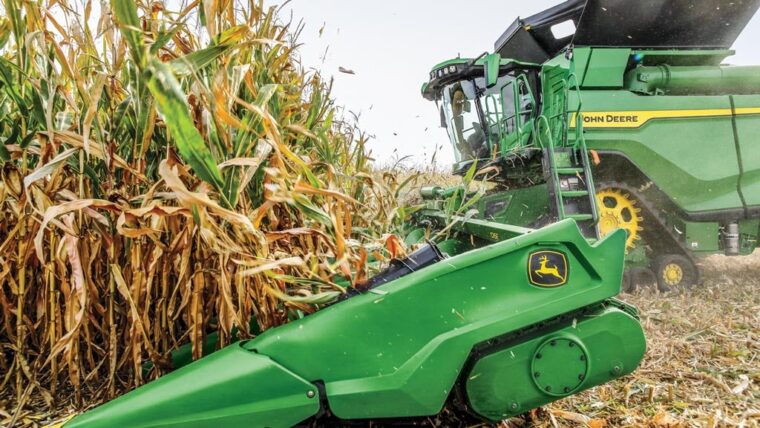
Storage and Post-Harvest Practices
Sweet corn must be cooled and distributed right after harvest because of its limited shelf life. For processors and fresh market growers, rapid cooling is the industry standard to maintain flavor and quality.
Field corn is handled differently. After harvest, it’s dried and stored in grain bins, often for many months. Field corn requires careful management of temperature, moisture, and airflow inside the bins to prevent spoilage and preserve quality.
John Deere Operations Center™ and HarvestLab™ 3000 give growers access to real-time data on kernel moisture, starch, protein, and oil content—delivered right to their devices. This level of monitoring helps farmers make fast, data-driven decisions to maintain proper storage conditions and maximize grain value.
Harvest Smarter With John Deere
While sweet corn and field corn have different harvest timelines and storage requirements, both demand the right equipment to protect yield and efficiency. With John Deere combines, headers, and precision monitoring technology, farmers can count on reliable performance from field to storage.
Ready to upgrade your harvest? Explore John Deere harvest equipment on MachineFinder and find the tools to make your next season a success.
FAQs About Sweet Corn and Field Corn Harvesting
Why is moisture content important for corn harvest?
Moisture level determines both kernel quality and storability. Sweet corn is harvested with high moisture for peak flavor. Field corn is allowed to dry to prevent spoilage during storage. Timing the harvest for the right moisture protects crop value and reduces loss.
Which John Deere combine is best for corn harvesting?
John Deere offers a range of combines for corn, including the X-Series, S-Series, and T-Series. The best choice depends on acreage, crop type, and technology needs. With Harvest Settings Automation and precision monitoring tools like Operations Center™ and HarvestLab™ 3000, these combines help maximize yield and grain quality for both sweet and field corn.
